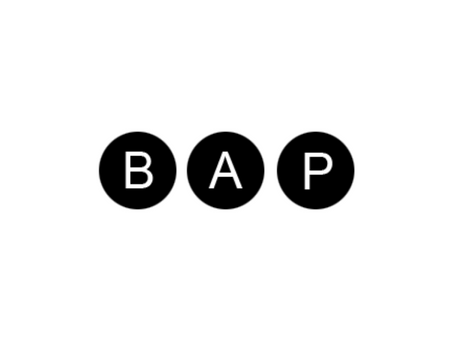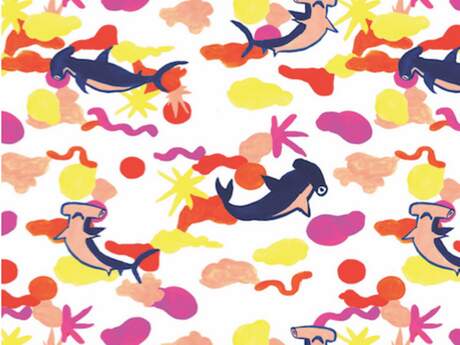Q & A: Chapbook Publishers
Joe Pan on Brooklyn Arts Press

Joe Pan is the founder of Brooklyn Arts Press & poetry editor for Hyperallergic. His first collection of poems, Autobiomythography & Gallery, was named "Best First Book" by Coldfront Magazine. His poem "Ode to the MQ-9 Reaper," a hybrid work about drones, was previously excerpted & praised in The New York Times. His poetry has appeared in such places as Boston Review, Brooklyn Rail, Denver Quarterly, El Aleph, H_ngm_n, & Phoebe, his fiction in the Cimarron Review & Glimmer Train, & his nonfiction in The New York Times.
***
What is your own personal history with chapbooks? How did they first catch your interest?
***
What is your own personal history with chapbooks? How did they first catch your interest?
Chapbooks are perfect introductions to a poet's work. You can get a sense very quickly of what a poet's about. When I decided to start producing chapbooks, I brought an editor & a cover artist to the Poets House in Manhattan. We sat on the floor among the stacks of chapbooks & passed these little books back & forth to each other—several hundred—trying to decide what we liked about the better designed ones. Since I was planning a series, I wanted uniformity. Clean, simple imagery on a thick, off-white, slightly textured cover. Simple cream interior pages. & if you flipped to the book's spine, you'd find a thin color strip correlating to whatever color was most prominent on the cover, so each BAP chapbook has a different colored spine. A lot of chapbooks are stapled—I loved old rusted staples in chapbooks & mimeographs from the sixties & seventies. But I wanted something cleaner here, & something that spoke to this time & place—Brooklyn in the Internet Age—to celebrate the fact we could produce these books digitally, meaning relatively inexpensively. We were after a certain elegance, but with a certain amount of grit, too. Chapbooks need a certain amount of grit, something a little off—we felt the textured cover, with the ink running up the plateaus & into the valleys of the thick page, would be off-kilter enough. We talked about covers made from different materials, serrated, stamped...but these felt too overtly design-y. I love book arts but that's not what we were after. Almost every chapbook we found at the Poets House was sewn or stapled. We decided to have them perfect bound to separate them a bit from the fold.
What made you first decide to start publishing chapbooks?
Big books are expensive. Chapbooks less so, so you can do more, meaning you can publish more of the poets you enjoy.
Could you talk a little bit about your own process of making and publishing chapbooks?
I have one artist, Aaron Sing Fox, who produces all the cover designs. The rest of the process is the same as making any other book.
What is unique about the chapbook form, or why chapbooks and not book-books?
I publish both kinds of books, but chapbooks are actually—& I might catch flak for this—chapbooks are often better books than the full-lengths they later come to inhabit. This is because, I think, big books have filler poems. Or poems that work, but not necessarily together with the rest. If you start stuffing filler poems into a chapbook, you won't be left with much. Chapbooks have to work for a living; they rarely take the vacations big books get to enjoy.
Do you have recent favorite chapbook from another press?
The DIA used to put out chapbooks for poets reading at the museum. I have a Bob Hass & an Amy Clampitt book—they're small, simply designed, perfect bound, & easily readable. I love them for their simplicity. When you hold these books, the room around you gets quieter, as if in preparation. The simple design, the weight of the paper—this sets the mood, priming you for what will be necessary for you to enjoy the work inside. Find a small place and go there; this is going to be expansive.


